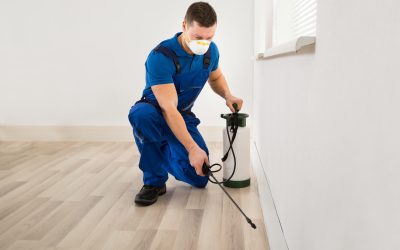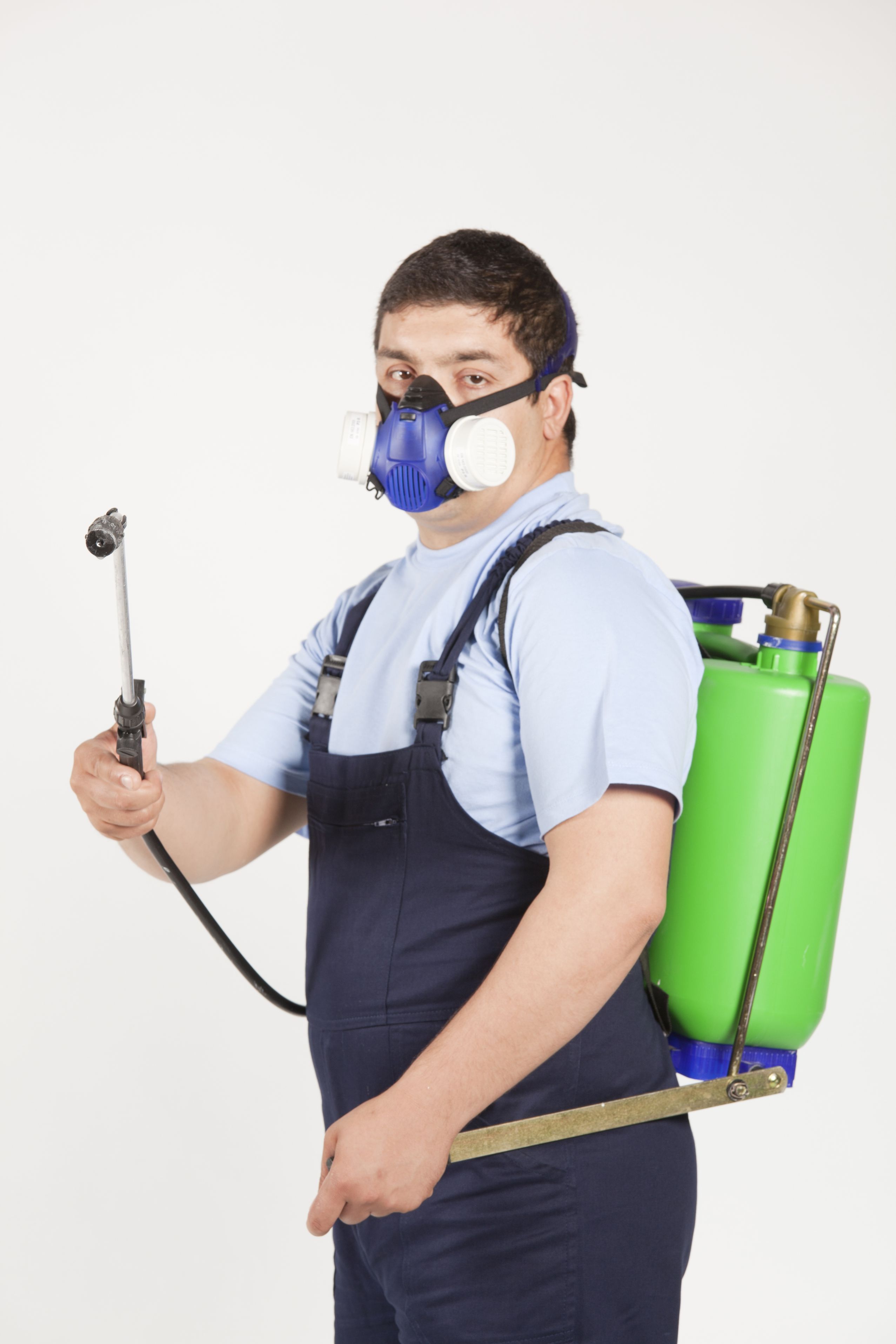A lot of planning goes into a home being built. Contractors and builders have to focus on every detail of a home before, while, and after all of the work is done. However, these builders aren’t perfect and as a result the homes aren’t entirely perfect either. This is when a Home Inspector In Chicago can come in handy. Inspectors are trained to observe and find all of the little problems a home can have. These professionals are used for examining both new and older homes.
Just what do these inspectors look for anyway? A simple and great example would be the gutters of a home. All homes should have gutters installed along the roofing. These features help guide rainwater to a designated location away from the foundation of the home. When it comes to older homes, inspectors should pay attention for clogged gutters. During the passing seasons, leaves, twigs, and dirt can become trapped in the gutters. This debris builds up until the gutter becomes clogged, and water is unable to flow as it should. This can cause water to sit along the roofing and can cause rotting and other damage.
How is the paint job of the home? The paint on a home’s siding is constantly facing the elements of mother nature. Over time, it’s only natural for paint to begin to chip and peel. This problem should be addressed right away by the homeowner. For starters, chipped and peeling paint looks aesthetically unpleasant. On top of that, the more paint that’s peeled the more the bare siding that’ll be exposed. If you have wood siding, it could become damaged by rain or the sun.
Sometimes the problem isn’t with actual home at all. Lawns should also be inspected by a Home Inspector Chicago. Does the lawn often suffer from puddles and standing water after heavy rain? Puddles next to your foundation can be a disaster waiting to happen. All soil that’s near the home should slope slightly away from the foundation. For at about 4-5 feet around the foundation the soil should have a slope of about 3 inches. This will help avoid a shifting foundation or a flooded basement.

